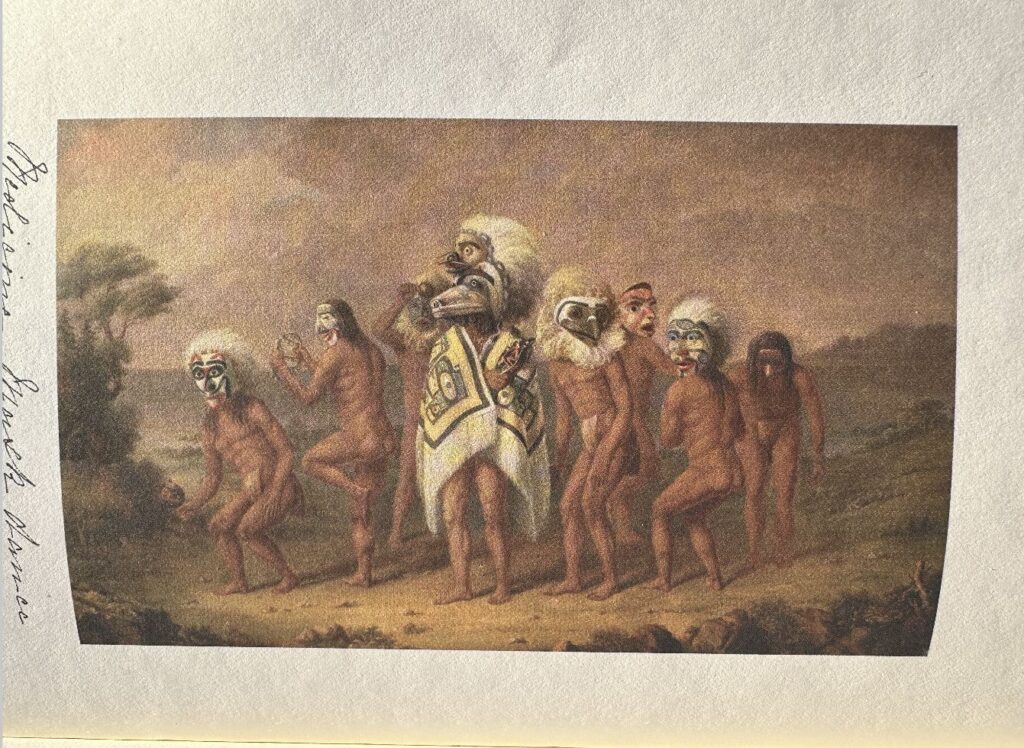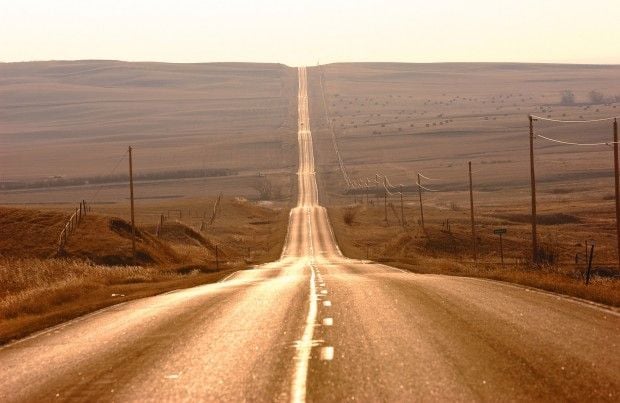November 24, 2023 – Medicine Hat, Alberta
“Medicine” was once a word with a meaning similar to “God”, a term applied to things that cannot be understood with the evidence available.
When Europeans arrived in North America, they brought with them centuries of study in the treatment of disease through medicine. The native people of America were mystified by the effects of these European potions and began applying the word medicine to any treatment or contrivance that seemed miraculous.

Use of the term medicine became synonymous with any unexplainable phenomenon. Someone who dealt in mysticism was a Medicine Man. A shrine to nature or a deity was a Medicine Wheel.
Medicine Lodge, Medicine Mask, and Medicine Dance are all anglicized terms used by indigenous people to describe things with properties outside the scope of the science available to them.

Earlier this week on a tour through southern Alberta, I visited Iniskim Umaapi, the Majorville Medicine Wheel. I have no words to describe the power of that place, other than to apply the word “medicine” to it.
My visit to the ancient shrine led to research on other places where the word medicine is used to describe them. There are hundreds of examples in Alberta, I will tell you about only two.
The Medicine Line
“The roads get better every time I cross north of forty-nine,
Well I tip my hat and it’s good to be back across the medicine line.”
from Hurtin Albertan – Corb Lund
The border between Canada and the USA was arbitrarily drawn by Europeans, along the 49th parallel. The boundary became known as The Medicine Line to the indigenous people.
The Blackfoot, the Cree, and the Sioux acknowledged no such boundary. They had roamed the vast mid-continent plains unimpeded, for millennia. The rivers, the hills, and the buffalo-runs were their only territorial limitations.
When buffalo herds became scarce in the late 19th century, indigenous hunters would sometimes resort to raiding cattle or horses to sustain their people. As they moved up and down the continent, they noticed a mysterious phenomenon. If they raided in the northern extremity of their hunting territory and pushed livestock south, the North West Mounted Police would pursue them, but only as far as that mysterious invisible line running east to west through the plains. Similarly, if they raided in the south and pushed livestock north, the blue-coated American soldiers would not cross the “Medicine Line”.

Near Wild Horse Border Crossing – Alberta-Montana
Medicine Hat
The story of how the city of Medicine Hat got its name is a dark tale, not fully told in tourism brochures or on the city’s website.
Medicine Hat was established along the banks of the South Saskatchewan River during a bleak time for the Blackfoot people. Their primary food source, the buffalo, was disappearing. Blackfoot life and livelihood was in peril.
During a particularly hungry winter, a river serpent Soy-yee-daa-bee, appeared to a Blackfoot hunter. The serpent told the hunter that if he sacrificed his wife, he would be given mystical powers to find buffalo, and save his people from starvation. The serpent told the hunter that if he made the sacrifice, a vision would be drawn from a robe and skull that the hunter was to wear on his head.
The hunter conveyed Soy-yee-daa-bee’s prophesy to his wife, who willingly agreed to be sacrificed to save her beloved Blackfoot people.
The deed done, the hunter traveled to a place on the river where the water never freezes, as instructed by the serpent. There he found the promised…
… Medicine Hat.



gg
Another good one